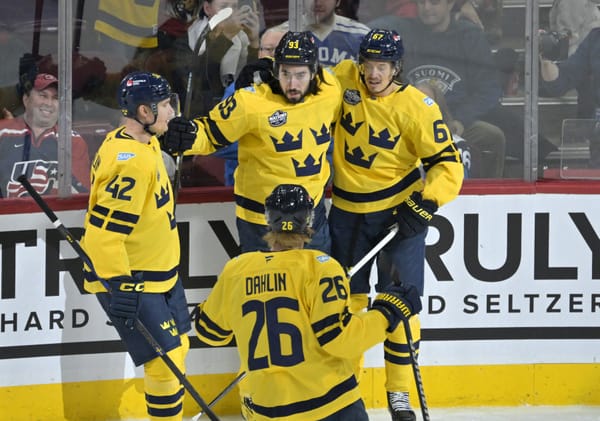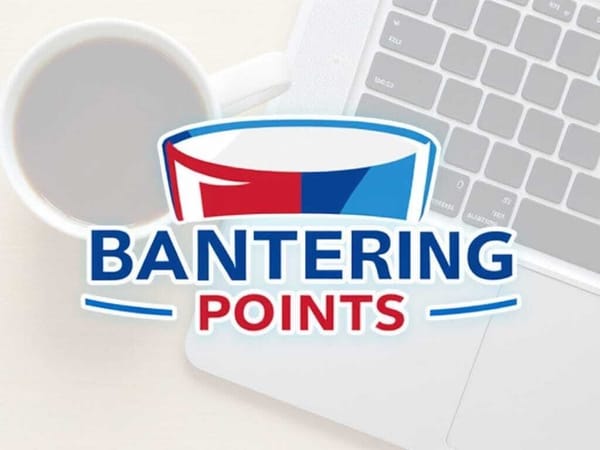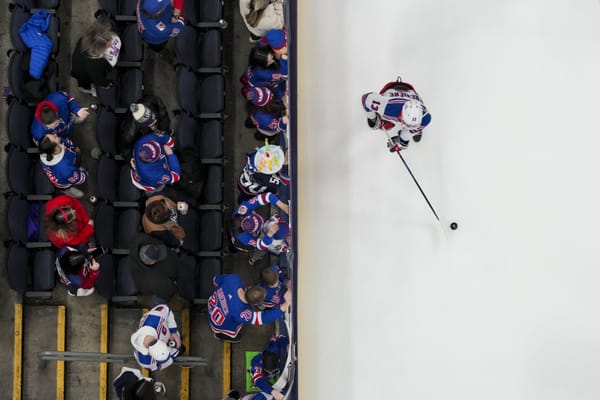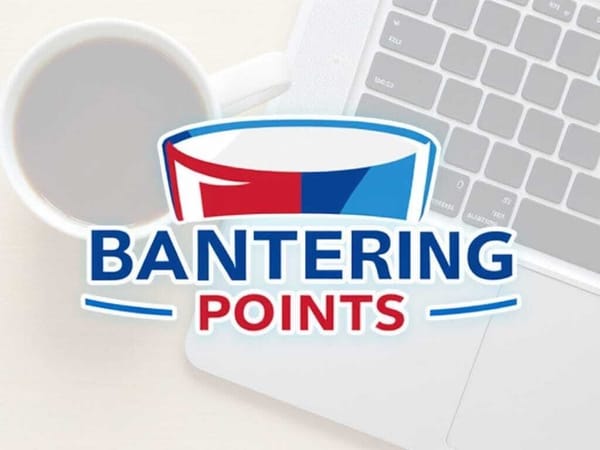Defensive Woes Continue to Plague Rangers
The New York Rangers defense has been a problem this season. And last season. And the season before that.
While it looked like the defense would improve after some drastic offseason changes, they still haven’t. General manager Jeff Gorton noted his defensive plans this offseason. Ryan McDonagh would maintain his role as number one defenseman, but would skate alongside a new partner: Kevin Shattenkirk, the Rangers’ offseason acquisition. Dan Girardi, their stalwart defenseman, was bought out of a contract that was too substantial in length and cap space. Brendan Smith, who the Rangers traded for at the 2017 trade deadline, was extended and was set to move up from the third pair to at least the second pair. Brady Skjei was expected to take on an expanded role after an impressive rookie season. Anthony DeAngelo, who was traded from Arizona in the Derek Stepan/Antti Raanta trade, would balance out the pairs with an extra right-handed shot and another element of offense. And then Marc Staal – whose declining play has become increasingly evident – and Nick Holden would compete for the last lineup spot.
So how has that worked out?
Most of those changes haven’t actually happened. McDonagh’s maintained his role and Skjei did receive that promotion, but Shattenkirk has scarcely seen time on the first pair, and even less time alongside McDonagh. Smith’s struggles translated to extended time in the pressbox, in favor of Steven Kampfer. DeAngelo was sent to the AHL after a short stint with the Rangers. Staal was in fact demoted, but his place in the lineup hasn’t been in question at all this season. Holden has elevated his play enough to earn a place in the lineup, but has somehow been a mainstay on the first pair.
McDonagh, despite steadily accruing assists, doesn’t look like himself. Even setting the expectations for him aside – and there were a lot, considering the change in partner – he’s still not playing at the level that the Rangers need him to, though it’s unclear if it’s because of injury, his current partner(s), or the amount he’s unnecessarily asked to play (or all of the above).
“Safe and dependable” Holden continues to play in some of the most challenging matchups despite still showing the detrimental habits that plagued his game last season. As much as he’s improved his game, it’s not enough to merit a place on the first pair. And when he does make a mistake, he isn’t held accountable like other defensemen are; instead, he’s commended for his play. There has to be a separation between the fact that he’s improved and the fact that he still isn’t the defenseman the coaches view him to be. They can both be true without taking away from his performance.
Shattenkirk got off to a strong start, but is just a “work in progress” in the eyes of the coaches – one that hasn’t exactly been given a chance to actually progress. A game and a half were enough to decide that Shattenkirk couldn’t play with McDonagh, and the pair has scarcely played together since. At first, Shattenkirk looked to compliment Skjei well, but that pair got stagnant and, overall, so has Shattenkirk. Jumping to say that he wasn’t worth his contract isn’t the answer. Shattenkirk hasn’t been put in a place to facilitate his success, and when he struggled, rather than working with him to get back to the high-caliber play he’s capable of, he had been demoted and criticized for it. He deserves to be held accountable for his mistakes, but his accomplishments throughout his career are more indicative of his abilities than his recent performances. Any accountability has to evolve into some sort of learning experience if the Rangers want him to get back to that level of play.
Skjei has been one of the more consistent defensemen and has shined, but he’s also made some costly mistakes as well. Then again, no defenseman has been without fault this season. An expanded role requires an adjustment, though, and could explain why he isn’t excelling the way the Rangers likely hoped.
Staal improved to start the year and it looked like he could handle a third-pair role without issue… until he showed that his play is still somewhat worrisome. He’s playing at a higher level than last year, but it’s still questionable if it’s enough on this struggling blue line. Then again, his play may seem like a major improvement because his performance the last few years certainly lowered the expectations.
Then there’s Smith, who was intended to be a top-four defenseman, but has been held accountable for all his mistakes – so much so that he’s been a healthy scratch on numerous occasions, for a below replacement level option in Kampfer. Smith hasn’t shined like he did with the Rangers last season, but like Shattenkirk, he’s shown his abilities in the past. And while a healthy scratch may be warranted at times – and there’s no question he hasn’t played at his best – it hasn’t been enough to merit his treatment this season, and not his replacement with an inferior option.
The fact that Smith has been held out after that extension, and Shattenkirk isn’t given the chance to show why he was the most valuable defenseman on the market, isn’t just problematic for the on-ice product; it shows why this coaching staff has been so problematic over the last few seasons and diminishes Gorton’s authority.
Should a player have a place in the lineup based on his contract? No, not necessarily. But when it comes to Smith, for example, is it better for the Rangers to find a way to reach the upside that they know he has when he’s set to be a part of their defense for the next few seasons, or to simply penalize him with extended benching when he isn’t playing up to expectations? Are the coaches directly working with him to find his game? Are they giving him the best chance to succeed? Are they sheltering him when he struggles and reuniting him with a defenseman that he played so well with last postseason that his contract was extended?
If Smith were out for a player that’s actually a key piece to their future, like Tony DeAngelo or Neal Pionk, this would be different. But it’s for Kampfer, someone whose play really hasn’t earned this extended look, which makes it even more problematic, on the ice, behind the bench, and in the front office. Kampfer’s underlying numbers align with the eye-test (and don’t the Rangers utilize a sophisticated stat package?); he ranks the lowest on defense with a 42.79 percent Corsi (highest Corsi against per hour of 69.57), second lowest in expected goals for (46.79 percent), and lowest on what counts the most to many traditionalists: goals, with a 30 percent goals for percentage.
Gorton made necessary changes to the defense and seemed to have a plan. Head coach Alain Vigneault hasn’t executed his general manager’s vision, and really never gave it a fair chance either. Had this defense not impressed on the ice like it did on paper after a substantial amount of time, it would be understandable – but that hasn’t been the case. Shattenkirk and McDonagh being dissolved after a game and a half is the prime example. Coaches have their guys, they stick to them, and that’s that. And the general manager doesn’t seem to have the authority to make the necessary changes.
It’s a problem. But sadly, it’s nothing new.
The Rangers’ recent history emphasizes that this is unfortunately more of the same – and it’s what has stunted their chances of hoisting a Stanley Cup year after year.
Prior to Sunday night’s game against the Pittsburgh Penguins, the Rangers faced the second highest rate of 5v5 shot attempts per 60 minutes (61.97); only the league-worst Coyotes face more. The same league worst Coyotes who took the Rangers to overtime before the bye week. And it’s not just shot attempts, but quality shot attempts that are being allowed. The Rangers are last in their expected goals against per 60 (with 2.78). But the category that’s often pointed to – goals against – isn’t as dismal, and that’s because of the excellent play from their goaltenders (Henrik Lundqvist’s 9.29 5-on-5 goals saved above average is the fifth best in the league among goaltenders that have played at least 200 minutes).
Last season, the Rangers’ Corsi against per 60 of 57.24 was the eighth highest in the league, and while that isn’t as concerning as this year’s, their 2.47 expected goals against average (fifth worst) was. The year before, their 57.22 rate of shot attempts against per 60 was the fourth worst in the league, while their 2.44 expected goals against per 60 was the worst. In 2014-15, the Rangers faced 55.59 shot attempts against per 60, and had a 2.5 expected goals against per 60 (fourth worst in league).
Going back to the first season with Vigneault (2013-14), before this team fully emulated his system, their Corsi against was 53.2 per 60, which was in the top half of the league. Their expected goals against of 2.34 per 60 still wasn’t great, but at least it wasn’t at the bottom of the league’s rankings.
Last year, players like Girardi and Holden struggled at limiting shots and scoring chances against, yet didn’t see a change in their minutes and still were used in some of the most crucial moments of a game. Meanwhile, players with superior play were given fewer minutes. And in the playoffs, those players were purposefully skipped in the rotation at times to allow players like Staal and Holden to play in those game-changing moments; they certainly had an influence on the game’s end results... just not in the Rangers favor. Even though the coaches didn’t step in to remedy it, management did that offseason.
The season prior, the story was the same. Defensemen that gave the Rangers a better chance on both sides of the ice – like Keith Yandle – didn’t play as many minutes as those who damaged the Rangers’ chances did.
Season after season, the Rangers’ defensive woes are stunting their potential. The assistant coaches that have focused on defense have changed three times under Vigneault, as have some of the players, yet the issue remain the same. Most of these personnel decisions and systems stem from one place: the head coach, who has had a generational goaltender through most of his career to carry his team into the playoffs – all the way to the Stanley Cup Final – and it hasn’t been enough.
There’s no question that John Tortorella’s defense-first system wasn’t enough for the Rangers to be a winning team; they were severely lacking an offensive spark. Vigneault’s system changed that, but as this team became his own, it came at a cost – their play in their own zone.
Lundqvist and the Rangers’ backups (Cam Talbot, Antti Raanta, and Ondrej Pavelec) have masked those deficiencies for years. And as much as Lundqvist (and Pavelec) continue to do that this year, it’s becoming more evident than ever (as if it wasn’t before) that the goaltenders the reason the Rangers are even in the playoff conversation at all. But it’s still not clear if the Rangers coaches – or front office – recognize just how dismal their defense is.
To start the season, the defensive pairs were constantly shifted around and no pair had the chance to develop chemistry. Then, pairs were settled on and there they stayed – even after they got stagnant. When a change was necessary, all but the first pair were mixed up for a few games, only to return to their previous formation shortly after. With this personnel, their combination options are still somewhat limited, but it doesn’t mean that there isn’t a way to optimize them.
The weaknesses in the defense aren’t being addressed – not by the coaches and not by the front office. If it continues, it could very well cost the Rangers their chance at the Stanley Cup again, even if 35-year-old Lundqvist continues to stand on his head.
What is it going to take for the Rangers to recognize that there’s been one overarching factor plaguing their defense in recent years that has cost them their chance at success?
Forty four games into the season, after investing so much into their blue line and undergoing personnel and coaching changes, the Rangers are somehow in a worse position defensively – and it apparently hasn’t been enough to suggest that more changes are necessary. The fact that the Rangers haven’t won in regulation since December 19th isn’t indicative enough either. So what will be?
If the coaches aren’t going to make adjustments to the system to help the defense reach their potential, then it’s time management steps in to make the changes this team is craving.
*Data is at 5v5, courtesy of Corsica.hockey, and was collected prior to Sunday night’s game against the Penguins




